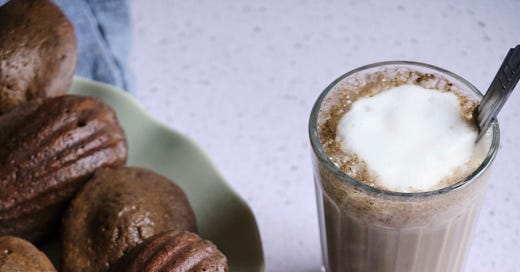Hello, and welcome to Newsletter No 16 here on Substack. Thank you for continuing to support my work! If you are new here, grab a seat if you are interested in recipes as well as tips and tricks to make the most of our increasingly eclectic pantries and a good dose of my at times random musings about all things food. And make sure you hit that subscribe button if you don’t want to miss any future posts!
“... a lot of our vocabulary, especially when it comes to baked goods, is very much like berries, vanilla, chocolate, nuts, caramel, and that kind of sums it all up. All of those things are amazing, but there’s also all these other amazing things … if variety is the spice of life, then that’s all I’m trying to do is just add more spice to your life.” Rose Wilde
I came across the above quote in an interview with pastry chef and author of “Bread & Roses” Rose Wilde the other day and I don’t think I could have found better words to explain why I enjoy experimenting with and developing reci…
Keep reading with a 7-day free trial
Subscribe to Real Simple Food to keep reading this post and get 7 days of free access to the full post archives.




